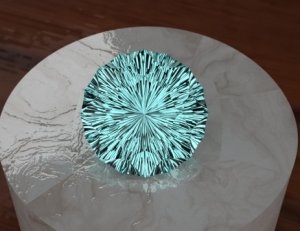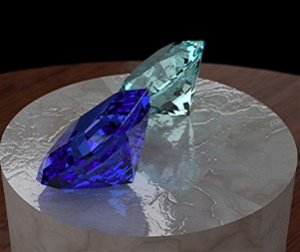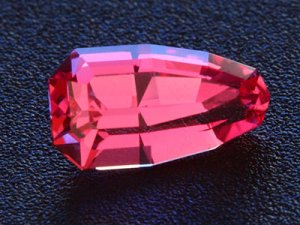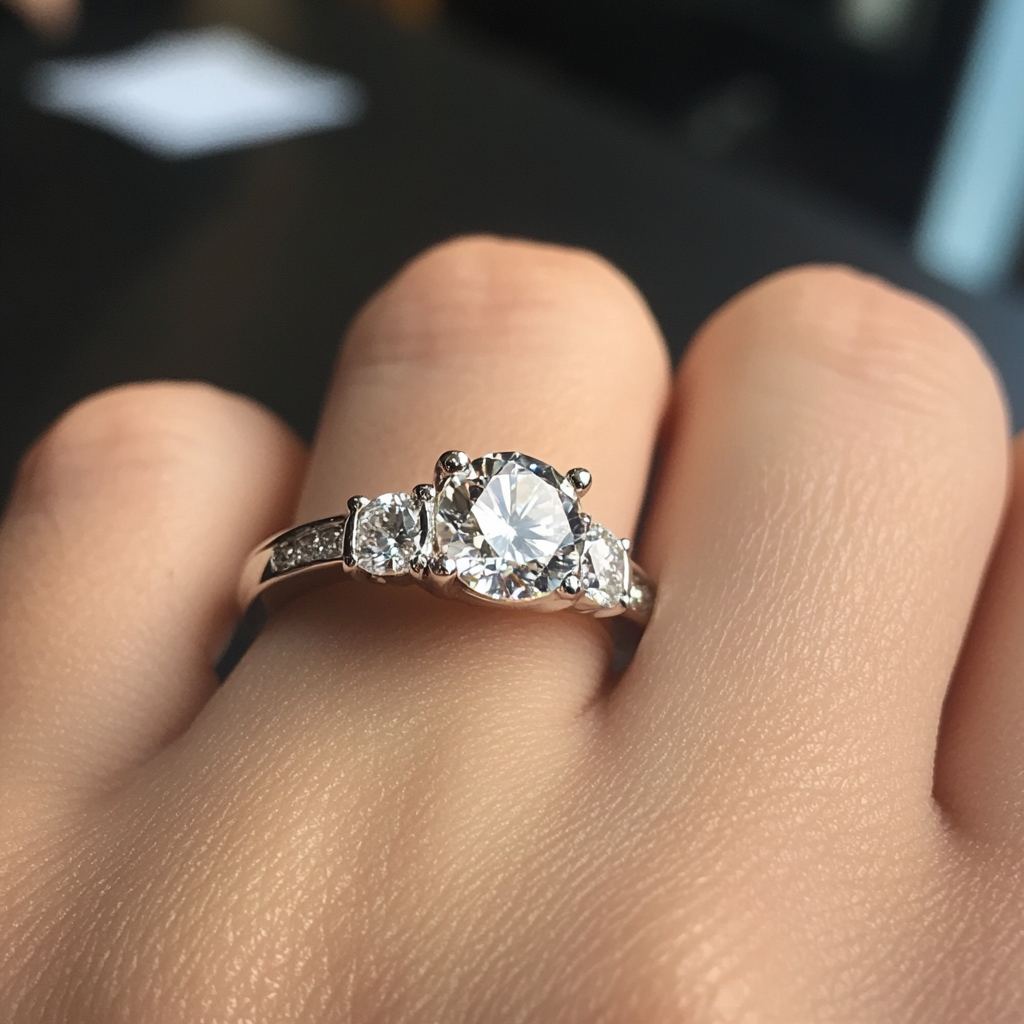- Joined
- Apr 22, 2004
- Messages
- 38,363
I have had very good success with a few native cut stones; a Russian cut pink spinel, Tanzanian cut tsavorite and spinel, and I have no idea who cut the remainder of my red spinels. All are native cut (deeper pavilion and some have a slightly lower crown that I prefer) but no windowing, lopsidedness and the culet is centered to the naked eye. Generally quite pleasant to the eye. Of course, none are eBay stones. That is one shark infested water I refuse to thread in. I do not love them any more or less than my precision cut spessartite, spinels, zircon and tourmalines. Each has their own “character”.












300x240.png)